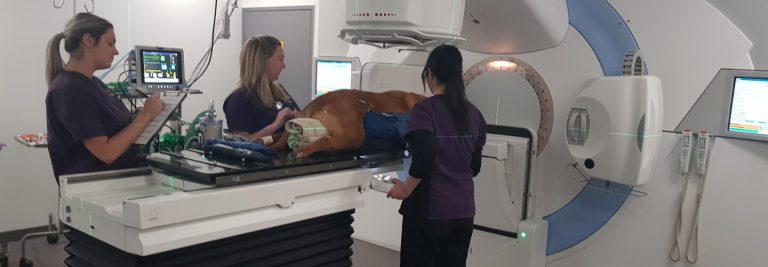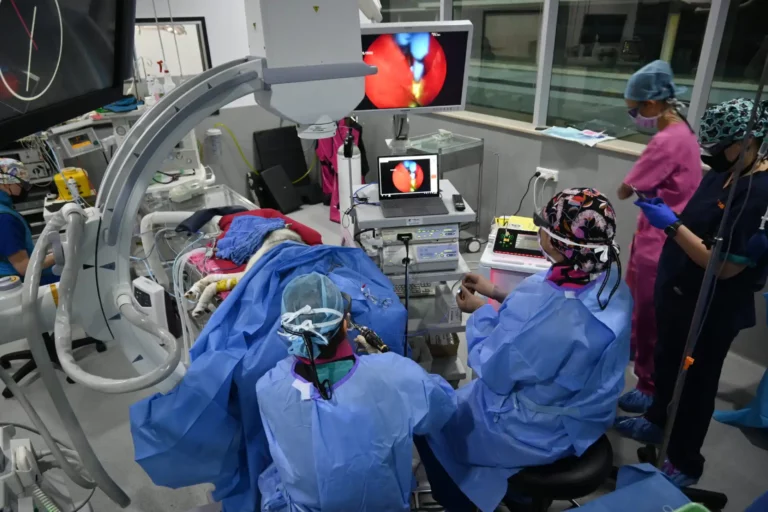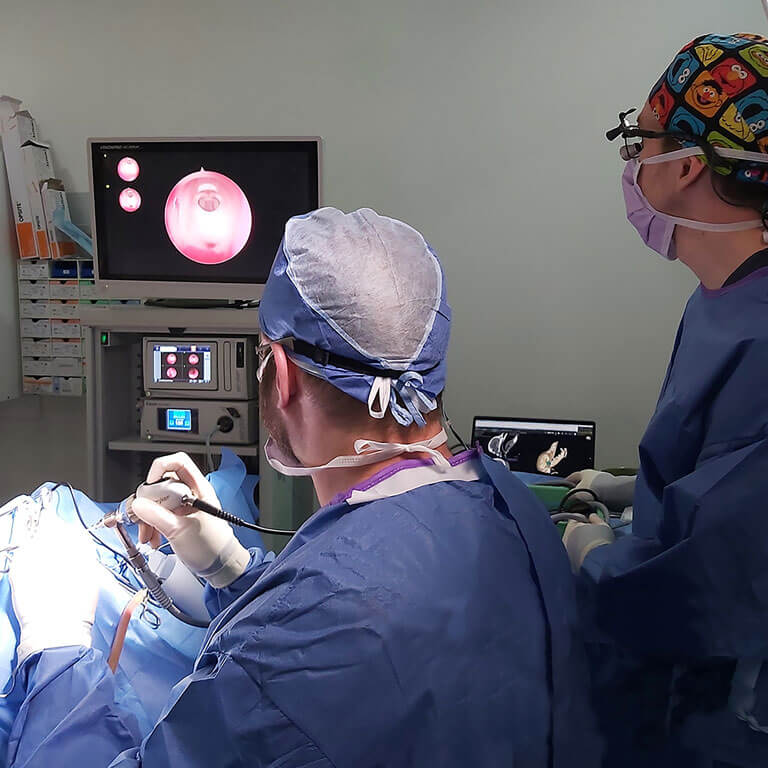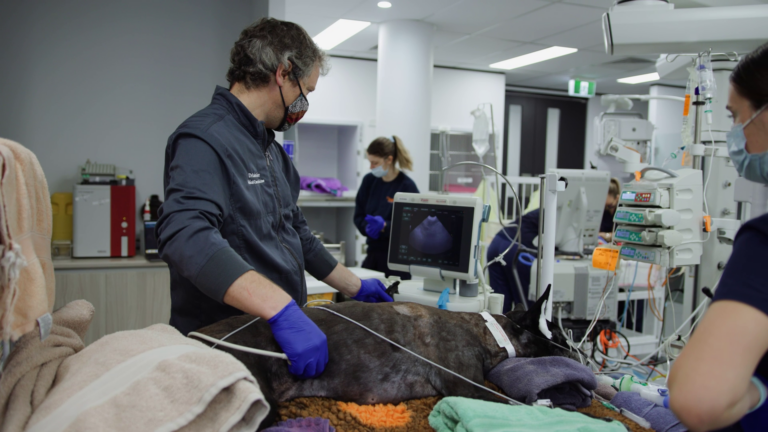Physiotherapy in Spinal Cord Injury
Dogs can be affected by various forms of spinal cord injury including intervertebral disc disease (IVDD), fibrocartilaginous embolism, Wobbler’s Syndrome, discospondylitis and lumbosacral degeneration. All of these conditions will share some common features such as pain, stiffness, spasticity, weakness, ataxia (poor coordination) or paralysis to varying degress of severity. In many cases, medical or surgical management will remove the cause of these signs, however; the secondary damage to the spinal cord is not immediately reversible and animal rehabilitation is not only important but necessary in regaining as much function as possible.
Animal physiotherapy can begin immediately on diagnosis of a spinal cord injury. In fact, as the body works to re-establish neural connections from 48hrs following neurological injury, the earlier that physiotherapy is initiated, the greater likelihood that long term disability will occur. This is particularly important in dogs or cats who are being confined to crate rest as, although this is necessary to prevent further injury, it can lead to the loss of their natural fitness, conditioning and strength.
In the initial phase of rehabilitation (0-2 weeks), therapy focuses on reducing pain and restoring muscle activation. This may be achieved through a combination of hands-on therapies such as massage or joint mobilisation often with static, standing exercises that encourage early muscle activation and prevent atrophy.
Animal physiotherapy between weeks 4-6 usually has an emphasis on building strength and restoring normal movement. Rehabilitation at this point is heavily dependent on the specific deficits that are identified. Pets may lack voluntary muscle control, strength, coordination, balance or the ability to do complex tasks that were part of their normal life. Often, there are imbalances with one side not progressing as quickly as the other or the pet may have significant compensatory mechanisms in place, both of which can lead to muscle tightness, joint stiffness and poor movement patterns that will ultimately limit their progression.
Most dogs will make significant improvements in the first 6 weeks. Research demonstrates that both dogs and people can continue to improve in all areas for 6-12months following injury.
In human literature there is vast evidence to support the use of Physiotherapy to maximise healing and recovery with back pain. Pain, swelling and inflammation results in inhibition of the stability muscles (deep muscles supporting the joints or spine – especially the transversus abdominus, pelvic floor and deep back multifidus muscles). This muscle wasting is evident on MRI within 3 days of an incidence of back pain. It has been shown that despite resolution of pain and normal movement, these muscles do not automatically recover, resulting in muscle imbalance and reduced support to the joints. This over time leads to further stress and strain and recurrence of injury.
Following surgery it is important to allow the injury to heal and for your dog to have strict rest for 4-6 weeks. Full healing can take more than 12 months and in some cases may result in a degree of paralysis or ataxia. In this time a gentle home physiotherapy program will help provide pain relief, improve mobility, stability, strength and maximise your dog’s recovery. It is important to begin physiotherapy as soon as possible after surgery or injury (even Day 1 in hospital). This must be performed painfree and completely guided by your Physiotherapist.




